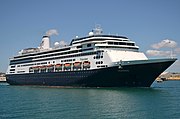
MS Achille Lauro was a cruise ship based in Naples, Italy. It was built between 1939 and 1947 as the ocean liner Willem Ruys for Royal Rotterdam Lloyd. In 1965 Achille Lauro bought the ship, had it converted into a cruise ship, and renamed it after himself. In 1985 it was hijacked by members of the Palestine Liberation Front.

An ocean liner is a type of passenger ship primarily used for transportation across seas or oceans. Ocean liners may also carry cargo or mail, and may sometimes be used for other purposes. Only one ocean liner remains in service today.
Holland America Line (HAL) is a US-owned cruise line, a subsidiary of Carnival Corporation & plc headquartered in Seattle, Washington, United States.

United States Lines was the trade name of an organization of the United States Shipping Board (USSB), Emergency Fleet Corporation (EFC) created to operate German liners seized by the United States in 1917. The ships were owned by the USSB and all finances of the line were controlled by the EFC. Among the notable ships of this period was Leviathan, a contender for largest ship in the world for a time.

The fifth Rotterdam, also known as "The Grande Dame", is a former ocean liner and cruise ship, and has been a hotel ship in Rotterdam, Netherlands, since 2010. She was launched by Queen Juliana of the Netherlands in a gala ceremony on 13 September 1958, and was completed the following summer.

Kościuszko was a passenger steamship that was built in Scotland in 1915, sailed as a troopship in both World Wars, was an ocean liner between the wars, carried displaced persons after World War II and was scrapped in England in 1950.

SS Justicia was a British troop ship that was launched in Ireland in 1914 and sunk off County Donegal in 1918. She was designed and launched as the transatlantic liner Statendam, a new flagship for the Holland America Line (NASM), but the outbreak of First World War delayed her completion. In 1915 NASM agreed to let the United Kingdom acquire her and have her completed as a troop ship.

MS Batory was a Polish ocean liner which was the flagship of Gdynia-America Line, named after Stefan Batory, the sixteenth-century King of Poland. She was the sister ship of MS Piłsudski. After Allied wartime service, mainly under the UK Admiralty, she became in 1951 the flagship of the Polish Ocean Lines and the Polish merchant fleet. She is often described as the "Pride of the Polish Merchant Marine". Batory along with her sister Piłsudski were the two most popular ocean liners of Poland.
MS Stefan Batory is a wrong, yet commonly applied, name for two ships of the Polish merchant marine:

RMS Empress of Japan was an ocean liner built in 1929–1930 by Fairfield Shipbuilding & Engineering Company at Govan on the Clyde in Scotland for Canadian Pacific Steamships (CP). This ship was the second of two CP vessels to be named Empress of Japan – regularly traversed the trans-Pacific route between the west coast of Canada and the Far East until 1942.

SS Pasteur was a steam turbine ocean liner built for Compagnie de Navigation Sud-Atlantique. She later sailed as Bremen for Norddeutscher Lloyd. In the course of her career, she sailed for 41 years under four names and six countries' flags.

MS Piłsudski was a medium-size ocean liner of the Polish Merchant Marine, named for Marshal Józef Piłsudski, a national hero of Poland.

MS Skaubryn was a Norwegian passenger ship launched in 1950, which sailed between Europe and Australia. She sank in the Indian Ocean in April 1958, after a fire.
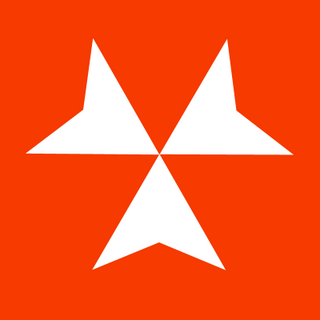
Hamburg Atlantic Line was an ocean liner and cruise ship operating company established in Hamburg, West Germany in 1958 by Axel Bitsch Christensen and Vernicos Eugenides, the latter being the adopted son of Home Lines' founder Eugen Eugenides. In 1966, the company changed its name to German Atlantic Line. Liner services were abandoned in 1969, after which the company's ships concentrated solely on cruising. Due to the 1973 oil crisis, German Atlantic Line closed down in December 1973.
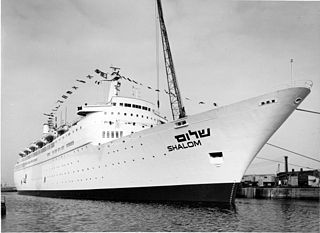
SS Shalom was a combined ocean liner/cruise ship built in 1964 by Chantiers de l'Atlantique, St Nazaire, France, for ZIM Lines, Israel, for transatlantic service from Haifa to New York. In 1967, SS Shalom was sold to the German Atlantic Line, becoming their second SS Hanseatic. Subsequently she served as SS Doric for Home Lines, SS Royal Odyssey for Royal Cruise Line and SS Regent Sun for Regency Cruises. The ship was laid up in 1995 following the bankruptcy of Regency Cruises. Numerous attempts were made to bring her back to service, but none were successful. The ship sank outside Cape St. Francis, South Africa, on 26 July 2001, while en route to India to be scrapped.

SSCzar was an ocean liner for the then Russian American Line before World War I. In 1920-1930, the ship was named Estonia for the Baltic American Line, then named Pułaski for the PTTO and as a UK Ministry of War Transport troopship, and as Empire Penryn after World War II. The liner was built in Glasgow for the Russian American Line in 1912 and sailed on North Atlantic routes from Liepāja (Libau) to New York. On one eastbound voyage in October 1913, Czar was one of ten ships that came to the aid of the burning Uranium Line steamer Volturno.
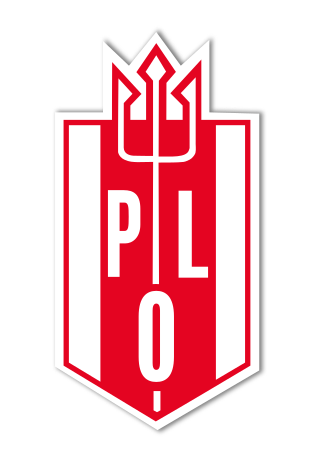
Polish Ocean Lines is a Polish commercial shipping company, with headquarters in Gdynia. The company was created in 1951 in a merger of three smaller shipping companies. Currently, PLO acts as a holding company for 12 other shipping companies.
SS Maasdam was a Dutch turbine steamship that was launched in 1920 and sunk in 1941. She was the third Holland America Line ship to be named after the village of Maasdam in South Holland.

The Oceanic class were a group of six ocean liners built by Harland and Wolff at Belfast, for the White Star Line, for the transatlantic service. They were the company's first generation of steamships to serve the North Atlantic passenger trade, entering service between 1871 and 1872.
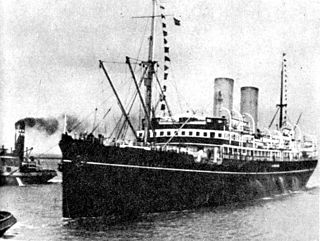
Polonia was a passenger steamship that was built in Scotland in 1910, originally named Kursk and was registered in the Russian Empire. She was an Allied troopship in the First World War, when she was briefly operated by Cunard Line. After the war she returned to civilian passenger service, in Latvian service until 1930 and then for Poland.



















